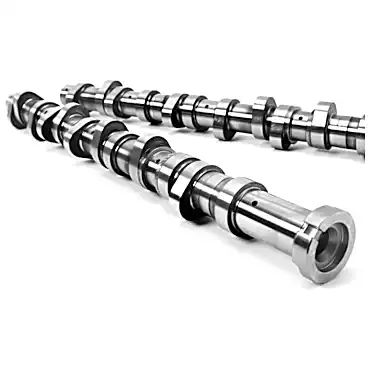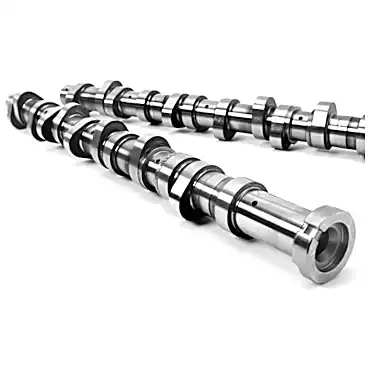Answers

Oct 23, 2023 - 08:12 AM
1. **Faulty Sensor**: The camshaft position sensor or the crankshaft position sensor might have been damaged or misaligned during the procedure. If the sensor is not reading correctly, it can trigger the engine's computer to activate limp mode.
2. **Incorrect Timing**: If the camshaft chain was not aligned correctly during installation, the engine's timing could be off. This can cause performance issues and may trigger limp mode.
3. **Electrical Issues**: It's possible that during the replacement, a connector was not plugged in securely or a wire was damaged. The engine's computer relies on numerous sensors to function correctly, and a bad connection can cause limp mode to activate.
4. **Unrelated Issues**: Sometimes, it's just a coincidence that another issue arises around the same time as a repair. There might be an unrelated problem that is causing the limp mode.
5. **Faulty Replacement Parts**: While less common, it's possible the replacement parts (like the chain or any associated components) could be faulty.
Here's what you can do:
1. **Diagnostic Scan**: Before diving into any repair, you should have the vehicle scanned for trouble codes. This will give you a clearer idea of why the vehicle is in limp mode. Any reputable mechanic shop should have a scan tool.
2. **Consult with the Mechanic**: Return to the mechanic who did the work and express your concerns. They should be willing to diagnose the issue, especially if it arose after their recent work on the vehicle.
3. **Second Opinion**: If you're unsure about the diagnosis from the original mechanic or feel uneasy about the situation, consider getting a second opinion from another reputable mechanic.
Remember, it's essential to address the limp mode as soon as possible.
2. **Incorrect Timing**: If the camshaft chain was not aligned correctly during installation, the engine's timing could be off. This can cause performance issues and may trigger limp mode.
3. **Electrical Issues**: It's possible that during the replacement, a connector was not plugged in securely or a wire was damaged. The engine's computer relies on numerous sensors to function correctly, and a bad connection can cause limp mode to activate.
4. **Unrelated Issues**: Sometimes, it's just a coincidence that another issue arises around the same time as a repair. There might be an unrelated problem that is causing the limp mode.
5. **Faulty Replacement Parts**: While less common, it's possible the replacement parts (like the chain or any associated components) could be faulty.
Here's what you can do:
1. **Diagnostic Scan**: Before diving into any repair, you should have the vehicle scanned for trouble codes. This will give you a clearer idea of why the vehicle is in limp mode. Any reputable mechanic shop should have a scan tool.
2. **Consult with the Mechanic**: Return to the mechanic who did the work and express your concerns. They should be willing to diagnose the issue, especially if it arose after their recent work on the vehicle.
3. **Second Opinion**: If you're unsure about the diagnosis from the original mechanic or feel uneasy about the situation, consider getting a second opinion from another reputable mechanic.
Remember, it's essential to address the limp mode as soon as possible.

Oct 24, 2023 - 04:48 AM
Hi there,
If the limp mode lighted up after the camshaft chain was replaced points to several factors. Please consider this:
1. Faulty camshaft position sensor. A bad sensor can send incorrect signals to the ECU, which prompts the engine to limp mode status.
2. Incorrect timing chain installation. A bad installation can cause the crankshaft and camshaft to be out of sync.
3. Wiring issues. If there are problems with the electrical/wiring connections assoociated with the engine sensors. It can cause the limp mode light to illuminate.
I hope this helps!








Add New Comment